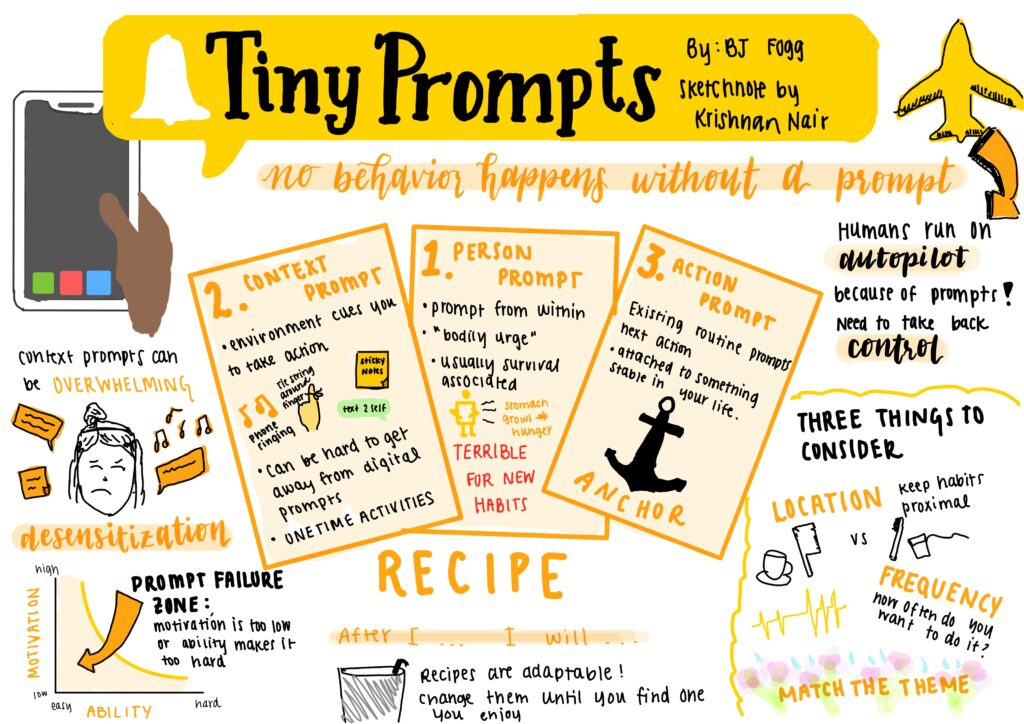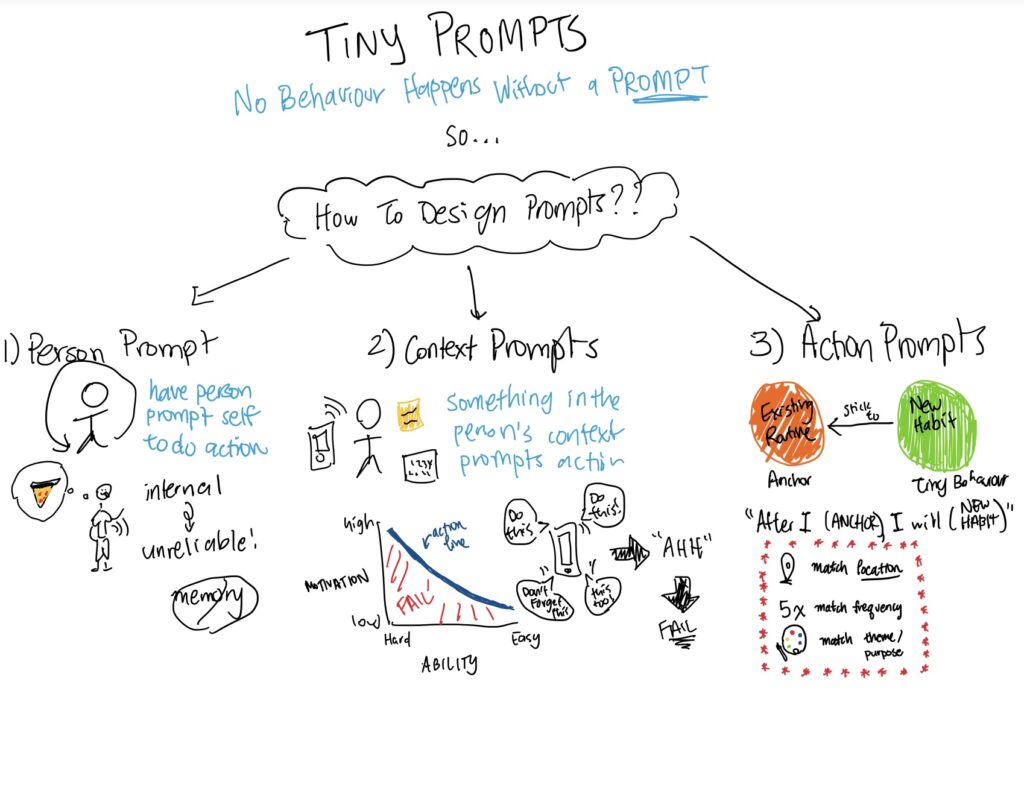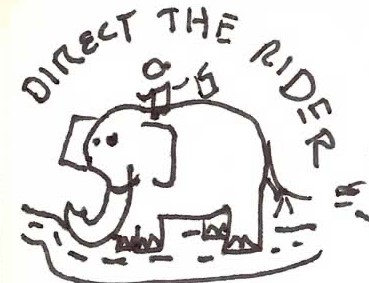In “Eager Sellers and Stony Buyers,” John T. Gourville addresses what he considers to be a truth about innovating products: products don’t fail because they’re poorly designed; they fail because they ignore human psychology. PMs often fixate on what’s new, while buyers cling to what’s known. The challenge is not creating “better features” but designing the perception of change itself with the product.
The 9x Effect
Gourville’s “9x Effect” shows an asymmetry between innovators and adopters. Companies may overvalue the benefits of their new product by a factor of 3, while customers overvalue the benefits of what they already have by the same factor. This means there’s a ninefold mismatch in perceived value; a massive gap between excitement and hesitation.
There are two lenses to address: one that magnifies innovation and one that magnifies habit. For the seller, the Segway means liberating oneself; for the buyer, this means losing comfort, control, and normalcy. The product might seem “better” on paper, but users tend to prioritize familiarity over novelty.
Addressing User Psychology
PMs can’t erase loss aversion, but they can reframe it. Kahneman and Tversky show that people weigh losses 2-3x more than gains. PMs need to make the gains unmissable and the losses invisible.
To do this well:
- Minimize behavioral change: The Prius succeeded because it introduced hybrid technology without changing the driving experience. The idea of “same car, better mileage” kept users comfortable.
- Highlight continuity: Customers don’t want disruption; they want assurance. Framing new products as enhancements rather than replacements keeps the emotional visual order that keeps safety on top.
- Simplify the value message: When every feature wants attention, users see chaos. A clear hierarchy (one dominant benefit, a few others) helps users quickly see the reason to adopt.
Preventing Feature Creep
Feature creep disrupts not only the product’s development but also its perception. Each additional feature ruins focus, confusing the user about what matters most. PMs should design roadmaps like strong interfaces: big “headline” benefits, clear supporting info, and nothing unnecessary. The first iPhone excelled at this: its home screen was made to be simple. Users didn’t have to learn new behavior; they only had to recognize what they already knew.
Designing for Emotion
Ultimately, adoption relies less on logic and more on emotional clarity. The buyer’s mind needs to see that the new product doesn’t threaten comfort but nurtures it. When PMs prioritize user reassurance (i.e., through familiar language and workflows), they close the 9x gap.
People don’t resist change; rather, they resist the feeling of loss. When PMs organize both their product design and storytelling around that, innovation stops being something to fear and starts being something users can see themselves in.



